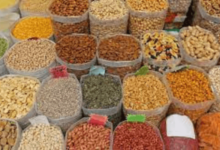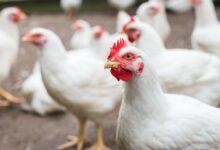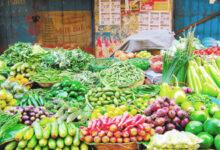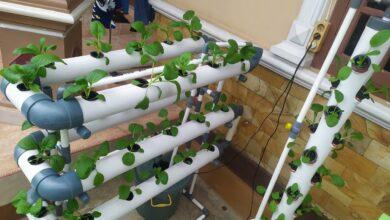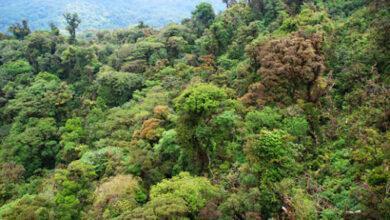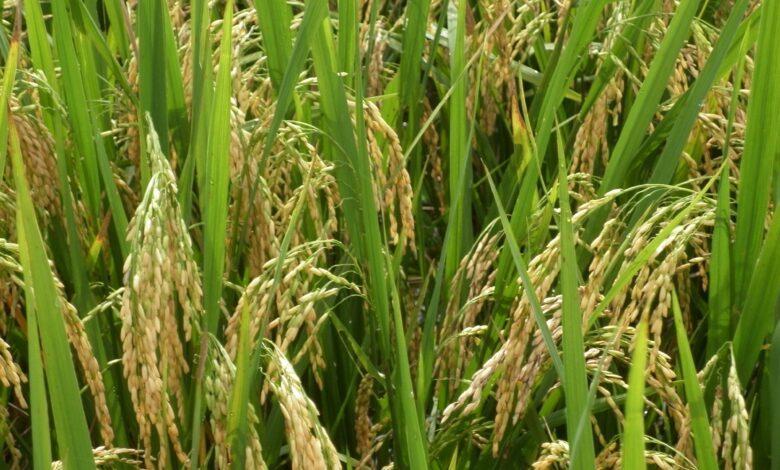
10 Factors Affecting Rice Production in Nigeria
10 Factors Affecting Rice Production in Nigeria – Rice production in Nigeria is an important agricultural sector, with the country being the largest producer of rice in West Africa. The main rice-growing regions in Nigeria are located in the savannah and coastal areas, with the majority of rice farms being smallholder operations.
The Nigerian government has implemented various policies and programs to increase rice production and reduce dependency on imports. Despite these efforts, Nigeria still imports a significant amount of rice to meet domestic demand. The main challenges facing the rice industry in Nigeria include a lack of access to credit, poor infrastructure, and limited access to markets. Factors Affecting Rice Production in Nigeria
👉 Relocate to Canada Today!
Live, Study and Work in Canada. No Payment is Required! Hurry Now click here to Apply >> Immigrate to CanadaRead Also: 10 Factors That Influence The Level of Investment in Nigeria.
What is Rice Production?
Rice production refers to the cultivation and harvesting of the rice plant, which is a staple food in many parts of the world. This includes all aspects of growing rice, from planting and tending the crop to harvesting and processing the grain for consumption. Rice is typically grown in flooded paddies, which require a significant amount of water and labor. Rice production is an important economic activity in many countries, particularly in Asia, where it is a major source of food and income for millions of people.
Types of Rice Production in Nigeria
There are several types of rice production in Nigeria, including:
- Rain-fed Lowland Rice Production: This type of rice production is typically done in the low-lying areas of Nigeria and does not require irrigation. The rice is grown using natural rainfall and is typically planted in June and harvested in October. Information Guide Nigeria
- Irrigated Lowland Rice Production: This type of rice production is done in areas where irrigation is available. The rice is grown using water from irrigation canals and is planted and harvested at the same time as rain-fed lowland rice.Mbah: I Carried Out NYSC Duties and Was Discharged Honourably
- Upland Rice Production: This type of rice production is done on hilly or mountainous terrain. The rice is grown using natural rainfall and is typically planted in April and harvested in August.
- Deep-water Rice Production: This type of rice production is done in areas that are prone to flooding. The rice is grown in water-logged fields and can withstand prolonged flooding. It is typically planted in July and harvested in November.NYSC Portal
- Dry Season Rice Production: This type of rice production is done during the dry season, typically between December and May, using irrigation and other water-saving technologies.
Read Also: 10 Factors Affecting Voting Behaviour In Nigeria
Advantages of Rice Production in Nigeria
There are several advantages of rice production in Nigeria, including:
- Abundant Water Resources: Nigeria has a relatively high amount of rainfall and a large network of rivers and dams, which makes it well-suited for rice cultivation.
- Government Support: The Nigerian government has implemented policies to support rice production and has invested in infrastructure to improve the sector.
- Potential for Export: Nigeria has the potential to be a major exporter of rice to other countries in the region.
- Diversification of Agricultural Economy: Rice production can help diversify Nigeria’s agricultural economy, which is currently heavily dependent on oil production.
- Reduced Import Dependency: Nigeria imports a large amount of rice, and increasing domestic production can help reduce this dependence.Chelsea manager news: Mykhailo Mudryk reveals his favourite for next boss
Read Also: 10 Factors Affecting Nigerian Economy
Rice Production and the Nigerian Society
Rice production in Nigeria has a long history, dating back to the pre-colonial era. Traditional farming practices were used to cultivate rice, mainly in the floodplains and coastal areas of the country. However, rice production in Nigeria remained at a subsistence level until the 1960s, when the government began to invest in large-scale rice production as a means of increasing food security.
During the 1970s and 1980s, the government implemented policies to encourage rice production, including the establishment of irrigation schemes, the provision of inputs such as seed and fertilizer, and the construction of mills and other infrastructure. These efforts led to a significant increase in rice production in Nigeria, making it one of the largest rice producers in Africa.Romantic Love Messages
👉 Relocate to Canada Today!
Live, Study and Work in Canada. No Payment is Required! Hurry Now click here to Apply >> Immigrate to CanadaHowever, despite these efforts, Nigeria still imports a significant amount of rice due to a lack of consistency in production and a lack of storage facilities. Furthermore, Nigeria’s rice farmers have been facing challenges in recent years, including a lack of access to credit, high production costs, and low prices for their crops.
In recent years, the Nigerian government is focusing on increasing rice production through the promotion of mechanization, irrigation, and the use of improved seed varieties. Also, private sector investment in rice production and milling has been encouraged to help boost Nigeria’s rice production and reduce the nation’s reliance on imports.
Read Also: 10 Factors Affecting Vegetation In Nigeria
Factors Affecting Rice Production in Nigeria
Several factors affect rice production in Nigeria, including:
- Lack of Access to Credit: Many small-scale rice farmers in Nigeria lack access to credit, which limits their ability to invest in their farms and increase production.
- High Production Costs: Rice production in Nigeria is often hindered by high costs of inputs such as seed, fertilizer, and pesticides.
- Low Prices for Rice: Farmers often receive low prices for their rice, which makes it difficult for them to make a profit and invest in their farms.
- Lack of Infrastructure: Nigeria’s rice sector is plagued by poor infrastructure, such as a lack of storage facilities, which can lead to post-harvest losses.
- Inadequate Extension Services: Rice farmers in Nigeria often lack access to adequate extension services and training, which limits their ability to improve their farming practices and increase production.
- Climate Change: Nigeria is vulnerable to climate change. Rice production is particularly sensitive to changes in temperature and precipitation patterns, which can lead to crop failures and reduced yields.JAMB Portal
- Pest and Disease: Rice production in Nigeria is also affected by pest and disease infestations which can lead to significant crop losses.
- Inadequate Access to Water: Rice production requires a lot of water, and many areas in Nigeria have limited access to irrigation water.
- Competition with Other Crops: Rice production in Nigeria is also affected by competition with other crops, such as cassava, which is also a staple food in Nigeria.
- Lack of Government Support: Nigerian government’s lack of support to the rice sector, such as lack of regulation on the importation, lack of subsidies, and other support to farmers make the sector less attractive to farmers.GGood Morning Love Message
Read Also: 10 Factors Affecting Utilization of Maternal Health Services in Nigeria
Conclusion
Rice production in Nigeria is a crucial aspect of the country’s agriculture sector. Despite being a major producer of rice in Africa, the country still imports large quantities of rice to meet domestic demand. The government and private sector have implemented policies and initiatives to increase rice production, improve yield, and reduce dependency on imports, however, there are still challenges such as low productivity, lack of modern technology, and poor infrastructure. Efforts to address these challenges are ongoing and will be crucial to achieving self-sufficiency in rice production and food security in Nigeria.
Check JAMB RESULT
Check and Confirm: How much is Dollar to Naira
